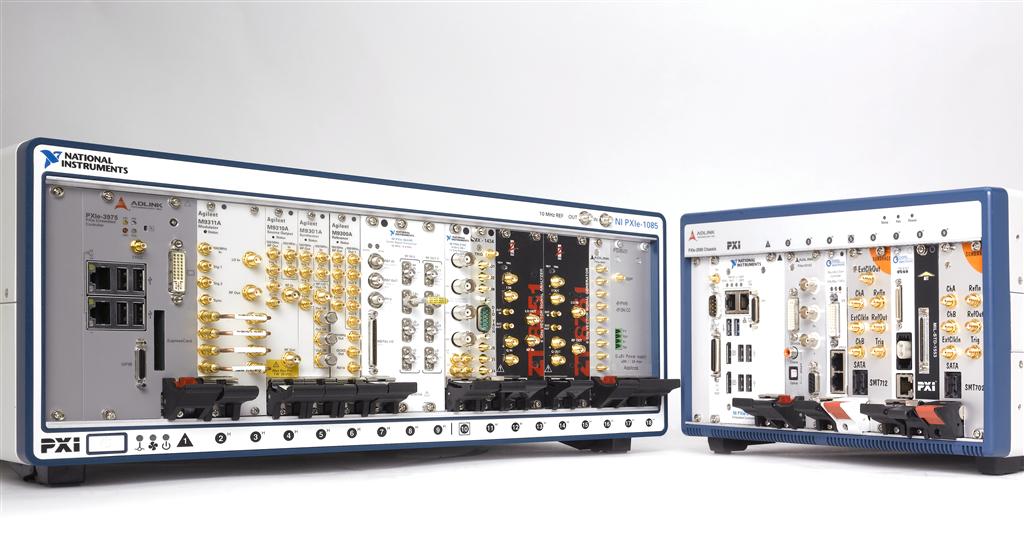Description
The National Instruments USRP-2942 is a high-performance USRP Software-Defined Radio Device designed for advanced radio applications. Manufactured by National Instruments, this device is identified by part numbers 783147-01 and 783924-01, ensuring compatibility with NI instrument drivers and LabVIEW software for ease of use and flexibility in various operating scenarios. Its compatibility with Windows operating systems facilitates integration into existing setups.
Equipped with both MXIe and Ethernet bus connectors, the device offers versatile connectivity options. At its core lies a powerful Kintex-7 410T FPGA, providing substantial processing capabilities for complex tasks. The USRP-2942 features two input and two output channels, catering to a range of signal processing requirements. Its reconfigurable input/output (RIO) framework lays the foundation for a highly adaptable system design.
With gain steps as fine as 0.5 dB, users can achieve precise control over signal strength, which is crucial in many communication systems. The device boasts a considerable 40 MHz bandwidth, ensuring it can handle a wide range of frequencies with ease. Its RF frequency range spans from 400 MHz to 4.4 GHz, covering a broad spectrum for diverse radio frequency applications. This makes the USRP-2942 ideal for use in MIMO, LTE, beamforming, and cognitive radio applications, highlighting its versatility in modern radio communication environments.
The device operates efficiently with a DC input voltage range of 9 V to 16 V and requires a maximum input current of 7.5 A. This combination of specifications ensures that the National Instruments USRP-2942 is not only powerful but also designed for practical implementation in real-world scenarios where reliable and adaptable radio communication systems are necessary.
| Specification | Detail |
|---|---|
| Product Name | National Instruments USRP-2942 USRP Software-Defined Radio Device |
| Manufacturer | National Instruments |
| Part Numbers | 783147-01, 783924-01 |
| Compatibility | NI instrument driver, LabVIEW |
| Operating System Compatibility | Windows |
| Bus Connectors | MXIe, Ethernet |
| FPGA | Kintex-7 410T |
| Input Channels | 2 |
| Output Channels | 2 |
| Framework | Reconfigurable input/output (RIO) |
| Gain Steps | 0.5 dB |
| Bandwidth | 40 MHz |
| RF Frequency Range | 400 MHz to 4.4 GHz |
| Applications | MIMO, LTE, Beamforming, Cognitive Radio |
| DC Input Voltage Range | 9 V to 16 V |
| Maximum Input Current | 7.5 A |


